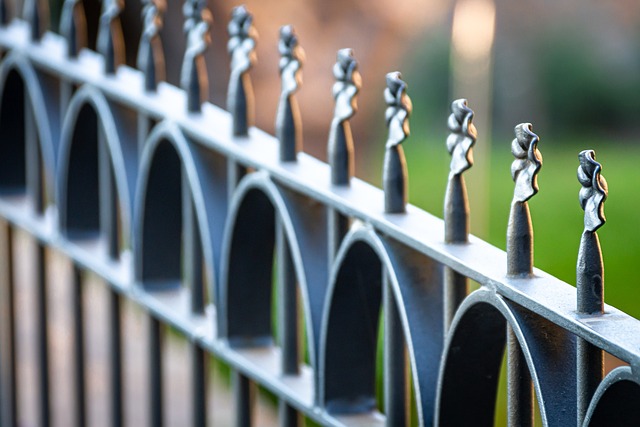In New Bedford, a well-maintained fence is not just an aesthetic addition but also a functional necessity, offering security, privacy, and property value enhancement. This article delves into the comprehensive guide to fence repair and installation in New Bedford, catering to both homeowners and professionals. From understanding local regulations and material choices to mastering installation techniques and tackling common issues, we provide practical insights ensuring your fence stands strong for years to come.
- Understanding New Bedford Fence Requirements
- The Installation Process: Step-by-Step Guide
- Common Issues and Effective Repair Strategies
- Choosing the Right Materials for Durability
Understanding New Bedford Fence Requirements
When considering fence repair or installation in New Bedford, understanding local regulations and requirements is essential. Each municipality has specific guidelines regarding fencing, including height restrictions, spacing from property lines, and materials permitted. These rules are designed to maintain the aesthetic appeal and functionality of neighborhood landscapes while ensuring privacy and safety.
Homeowners should research these codes before initiating any project. Fences that don’t comply with local laws may face fines or require costly modifications later on. Many cities provide online resources detailing permit requirements, allowing residents to plan their projects efficiently and ensure a smooth approval process.
The Installation Process: Step-by-Step Guide
The installation process for new Bedford fences begins with a thorough site evaluation. Our experts assess the land, considering factors like topography and existing structures. Next, they lay out the fence line, marking the precise locations of posts to ensure stability and alignment.
The actual installation involves digging holes for the posts, which are then securely fastened using concrete. After the posts are set, panels are attached, often with a combination of brackets and screws for added strength. Throughout the process, our team ensures proper spacing and leveling for a neat, even fence. Finally, gates and other accessories are installed, completing the structure.
Common Issues and Effective Repair Strategies
Fences, whether they surround your property or define specific areas within it, are subject to various issues over time. Common problems include damaged or rotten posts, loose rails, bent or broken panels, and holes or tears in the fencing material. These issues often arise due to exposure to harsh weather conditions, pests like termites, or natural wear and tear from foot traffic and nearby activities.
Effective repair strategies involve replacing damaged components, such as post caps, rails, and pickets, to ensure structural integrity. For rotten posts, it’s crucial to remove the affected sections and treat the remaining wood with preservative before installing new posts. In cases of loose or bent rails, tightening hardware or realigning panels can restore stability. Repairs should be accompanied by regular maintenance, including inspecting for signs of wear, cleaning, and re-sealing to prolong the fence’s lifespan and protect against future damage.
Choosing the Right Materials for Durability
When it comes to fence repair and installation, selecting the right materials is paramount for ensuring longevity and durability. The market offers a wide array of options, from wood to vinyl, metal, and composite. Each material has its unique advantages and considerations. For instance, wood provides a natural aesthetic but requires regular maintenance to prevent rot and pest damage. Vinyl, on the other hand, is low-maintenance and resistant to weather changes, making it an excellent pick for those seeking convenience without compromise on durability.
Metal fences offer robust strength and security, ideal for high-traffic areas or properties needing additional protection. Composite materials, a blend of wood and plastic, provide a balanced option with reduced maintenance and enhanced resistance to rot and fading, making them suitable for both aesthetic and practical purposes. Ultimately, the choice should align with your specific needs, budget, and environmental factors to create a fence that stands the test of time.
